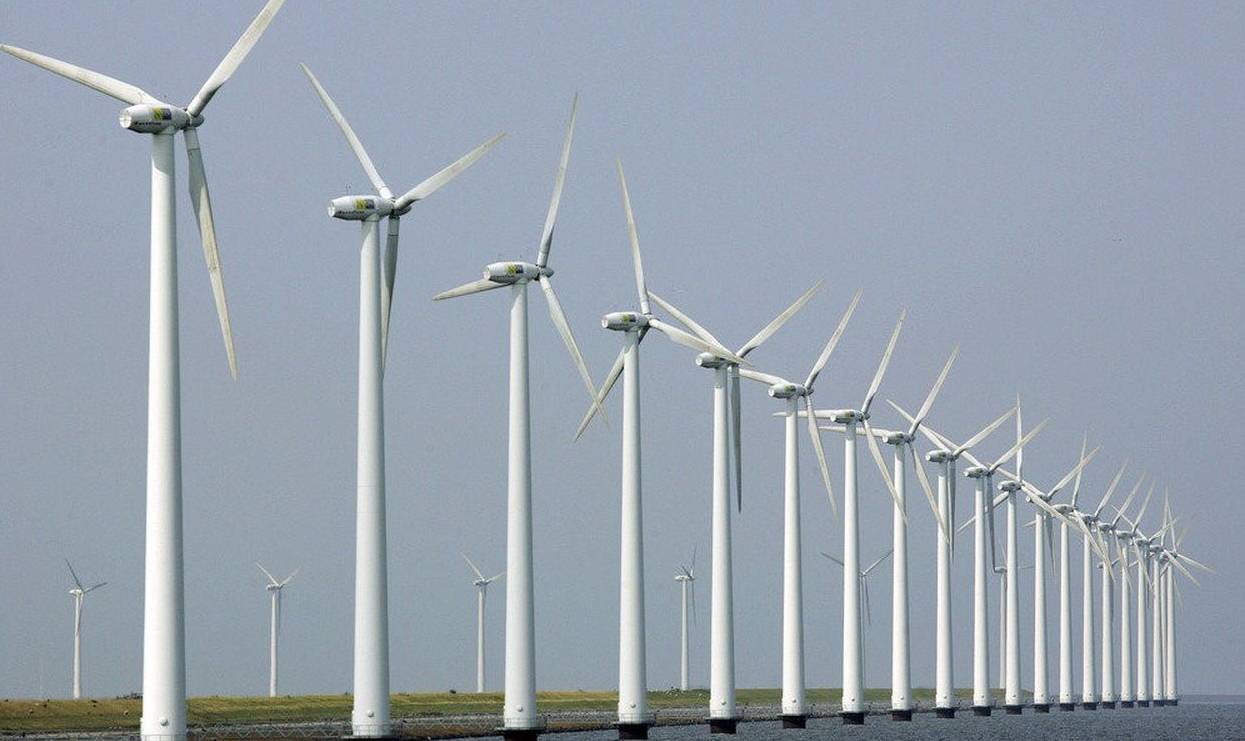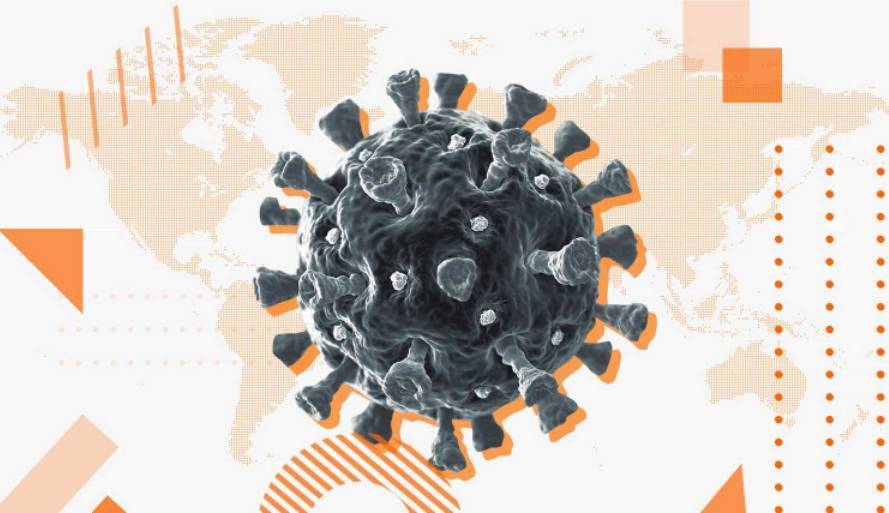You may have noticed that the climate has already changed, but the worst part is that, as we are doing much less than we should on greenhouse gas emissions, things are bound to get worse, and many places, including possibly your home, will need to be abandoned. We had some time to avoid the worst, but we did little. Since the mid-1980s, researchers such as Robert Peters, Thomas Lovejoy, Camile Parmesan and Lesley Hughes, upon noticing relationships between temperature increases in habitats and changes in migratory patterns in butterflies, birds and fish, began to issue warnings that there were something wrong with the weather. But hardly anyone paid attention to what they said, even in the scientific community.
When the climate issue began to be taken seriously, perhaps there was still time for more serious damage to be avoided. But as most politicians think about the next election and not about the next generations, the reality is that, since the Kyoto climate conference, in 1997, which established a temperature increase of 1.5º C as a ceiling, and that of Paris, in 2016, which determined a 43% reduction in the emission of greenhouse gases, the situation only got worse. It’s almost unbelievable, but nearly thirty percent of all greenhouse gas emissions in all of human history occurred after the 2006 release of Al Gore’s blockbuster film An Inconvenient Truth.
Not that the solutions are simple. Especially because it is a global crisis, but one that needs, in part, to be addressed locally, by nations, cities and even individuals. And individuals have ingrained habits and, worse, as we well know, from time to time they elect a denialist president who, instead of working in the right direction, gets in the way and boycotts. The famous Kyoto was the third conference; the first took place in 1995, in Germany, and we are now at the 27th, in Egypt. From the beginning, knowing that they would have to deal with the reticence of governments and companies, they ended up setting perhaps too complacent targets, trying to get a global commitment to be signed to limit warming to 1.5º by 2100, which would be bad enough. Speeches were and are given, documents were and are signed, but, in practice, we are probably heading towards a 2.8º increase, or perhaps more, which will bring us an apocalyptic reality, without mincing words.
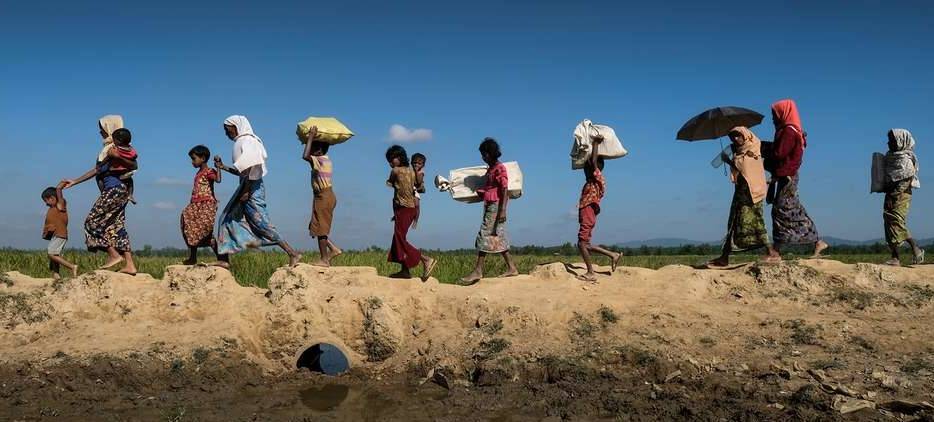
The problems are already a reality all over the world, including Brazil, and they are going to get worse. Migrations caused by climate change have been increasing, even when disguised as other reasons. Prolonged droughts or major floods can lead to political, religious or ethnic conflict, triggering civil wars and mass exodus, but the root cause, climate, is often overlooked. Shortly before the outbreak of civil war in Syria, the region faced the worst drought in 900 years, causing 1.5 million farmers to lose everything and being forced to migrate to the outskirts of large cities in extremely precarious conditions. To attribute this fact as “the cause” of the civil war would be exaggerated, but to dismiss it is not reasonable either.
In most cases, the most affected countries are those closest to the tropics, that is, the poorest.
The fact is that we will have difficult times ahead. The places where most of us live may become uninhabitable in a few decades, so we will need to think about new homes, if not for us, certainly for our children and grandchildren. And, of course, as there will be more people and less space available, it will be necessary to negotiate housing with those who are already there. In most cases, the most affected countries are those closest to the tropics, that is, the poorest. Bangladesh suffers more than Canada (whose agriculture even benefits temporarily from the increase in temperature). And it’s not just humans who will migrate, as plants and wild animals are also being driven out of their habitats as a result of climate change.
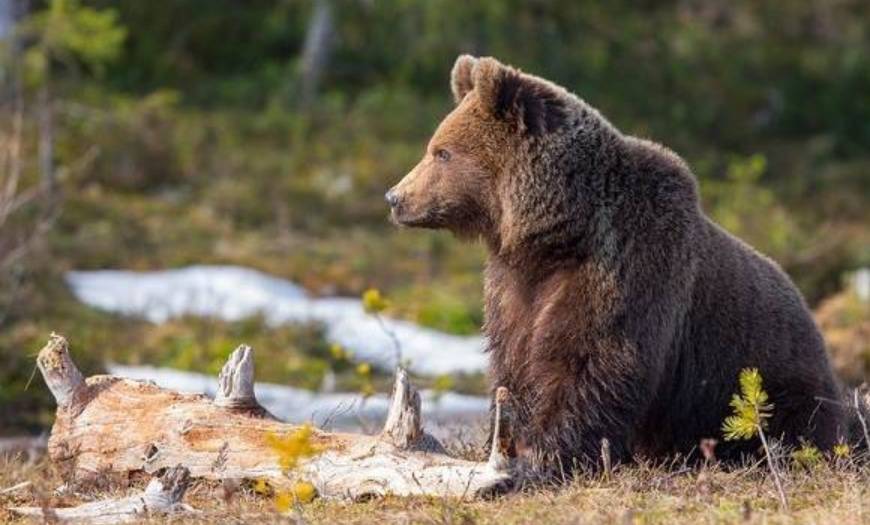
For animals, unlike us, the closer to the poles they live, the worse, because, as temperatures increase, more and more invaders move towards extreme latitudes, putting pressure on the original inhabitants. While the polar bear struggles to survive in an environment with less ice, its brown cousin is occupying the area. Since, to the scientists’ initial surprise, they have crossed with each other, the prospect is that, in the future, the polar bear will survive only as a genetic fragment in browns, just as genes from the extinct Neanderthals are present in our DNA. Beavers have moved up from Canada to Alaska, and the dams they build on rivers (there are already thousands of them) are profoundly altering the ecology of the region, in a domino effect that harms, among other things, forest cover, fish and whales. Scientists have even managed to measure the speed of migration of many animal (and even plant) species, and some are moving at an average pace of five meters per day.
If the situation is dramatic on land, it is even worse at sea. On the beach where I grew up, I remember well that, until a few years ago, we knew that mullet season had arrived when we saw the shoals on the walls of the waves about to break. But they have been decreasing year by year, and last winter there was no mullet at all. If the disappearance of the mullets that I witnessed could even be the result of local factors, the scientific reports of what is happening globally, in the oceans, are solid and nothing short of terrifying. The reduction in fish stocks was, until recently, basically explained by overfishing. Not that this is not an important factor, but climate change is increasingly entering the equation.
As the German Benjamin von Brackel shows in Die Natur auf der Flucht (Nature on the Run, 2021), the oceans, far from the territorial limits of countries, are lawless land, however much international organizations have been trying to put order in the mess. And the temperature of the sea has been rising faster than that of the land. In fact, a phenomenon that some scientists have dubbed the “subtropicalization” of the North Sea is already taking place, in which the presence of species from lower latitudes has been more and more frequent, while the native ones tend to disappear. The thing reached the point of provoking, in the last decade, a serious diplomatic crisis, since the European countries had established quotas for the fishing of mackerel. Then, at one point, they all but disappeared, only to reappear far north in Iceland.
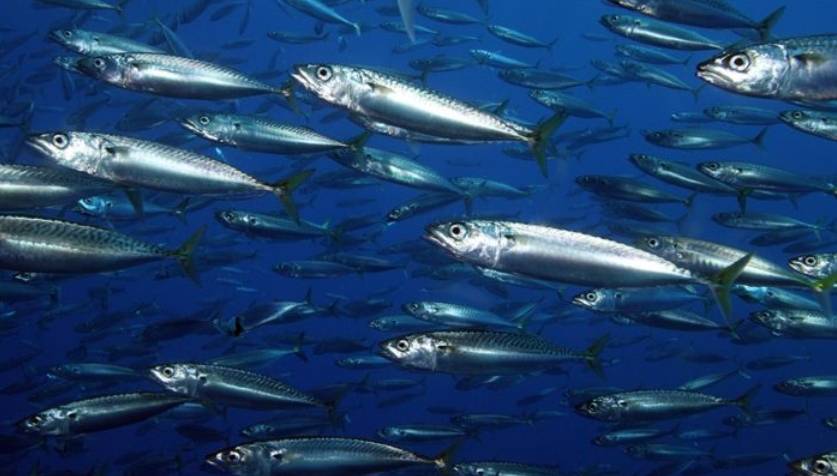
Traditionally without this fish in their seas, it was not part of the agreement, and so the Icelanders smeared themselves with the novelty, generating revolt in countries like the United Kingdom and Norway. “You are stealing our fish”, shouted the annoyances. “But it was the fish that migrated”, argued the happy Icelanders (who, in case of sanctions, small but strategically located, threatened to leave NATO). In the end, things calmed down, even though Norway boycotted Iceland as much as it could. The question that remains is: if democratic and civilized nations, which have coexisted peacefully for decades, almost came to blows because of fish migration, what awaits us, globally, with the increase in these occurrences?
In a book with the more than appropriate title, Nomad Century – how climate migration will reshape our world (2022), Gaia Vince, former editor of Nature magazine, states that if everything continues as it is, in fifty years around 3.5 billion people will not be able to live in the places where they live today. They will be driven from their homes by rising sea levels, prolonged droughts, or even temperatures too high for human life. Rounding up, we are talking about more than a third of humanity having to leave their homes and countries. And, if this will be a drama for those who “travel,” it will also be for those who “host.” Brazil does not have a promising future. If prospects are not as bad as those of Bangladesh or Kiribati (the Indian archipelago that is literally sinking), we are not doing well either. Most of cities, such as Rio de Janeiro, Santos and Recife, are very vulnerable to rising sea levels. At the other end of the problem, if the Amazon becomes a savannah, the Southeast Region runs the risk of becoming desertified. And Brazilians seem to be committed to it.
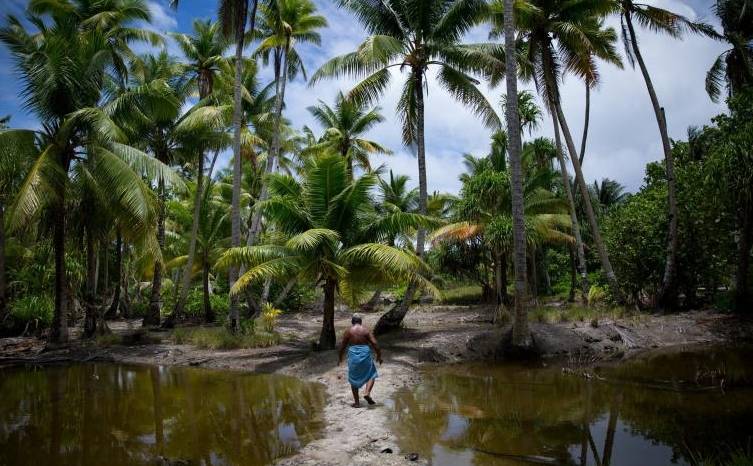
If the Amazon becomes a savannah, the Southeast Region runs the risk of becoming desertified.
Faced with changing habitats, animals simply migrate, free of border controls and visas in passports, effectively cornering those already living at the extremes. Humans, on the other hand, have to deal with a relatively recent invention, national borders. Why is someone forced to starve in South Sudan while food is wasted in Europe? If this seems “only” a moral issue, in the coming decades the demographic pressure of migration could become so intense that it is better for the countries further north, less affected by climate change (generally the main responsible for them), to prepare for receive and integrate new residents.
And Brazilians will have an additional problem. If, with global warming, a good part of humanity will migrate to the poles, the reality is that the North has much more land mass than the South. The top part of the globe has the extensive lands (in part sparsely inhabited) of Siberia, Scandinavia, Alaska, Canada, Iceland and Greenland. In our hemisphere, we would only have Patagonia and Antarctica as destinations. We will need to hope that our Argentinian brothers agree to share their backyards with us.


